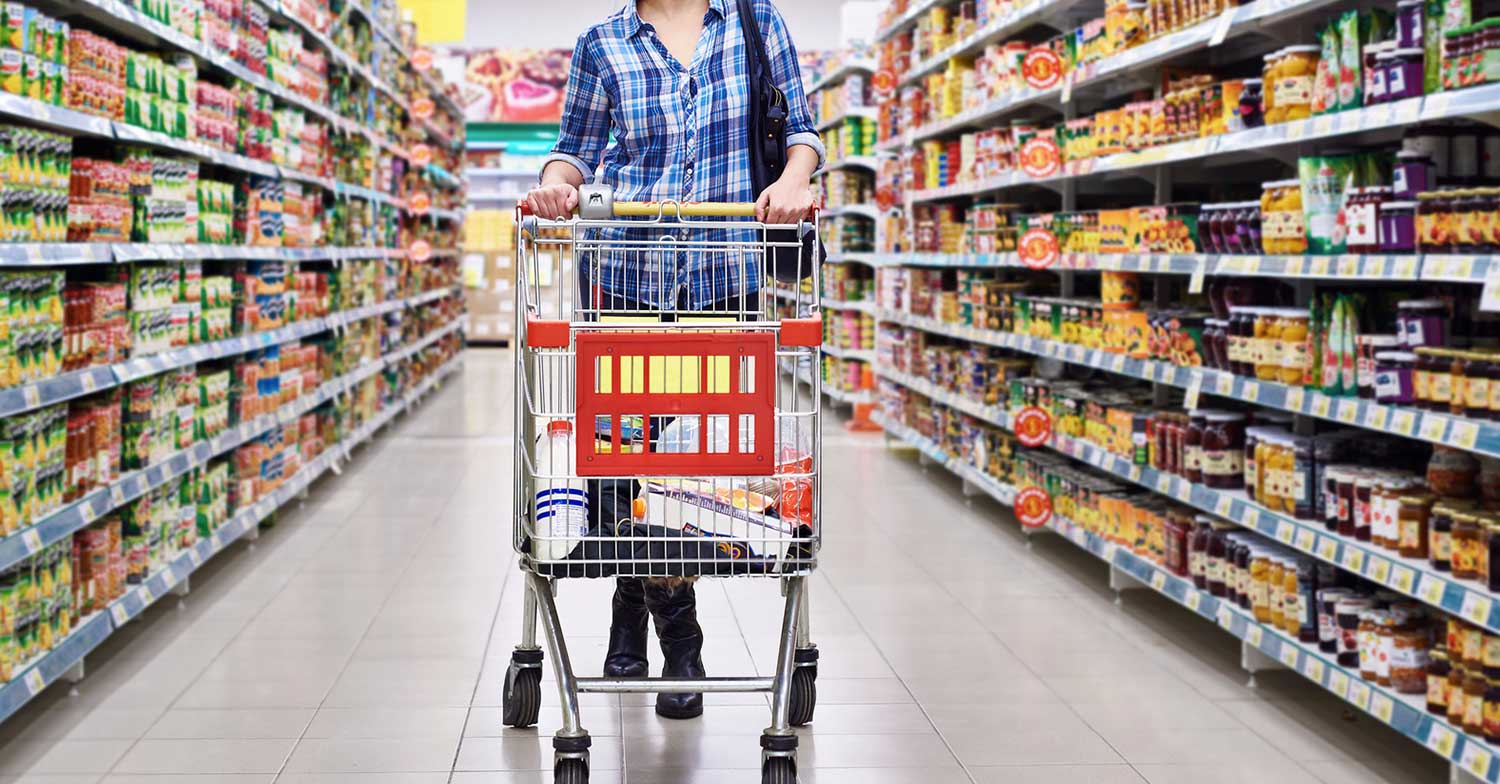Brexit has already cost the average British household more than £600 a year in higher prices with a further rise of up to £930 in annual shopping bills to come, and Bank of England Governor Mark Carney has warned it is imposing a dangerous drag on the economy.
 While the world of Westminster is preoccupied with its own sexual misconduct scandals the reality of Brexit and its cost is steadily becoming clearer.
While the world of Westminster is preoccupied with its own sexual misconduct scandals the reality of Brexit and its cost is steadily becoming clearer.
Carney said there can no longer be any doubt that uncertainty over Britain’s withdrawal from the EU is undermining business investment. His views have been echoed by a host of business trade bodies which have reported similarly downbeat findings and predictions.
“Since the referendum what we have seen is that business investment has picked up but it hasn’t picked up to the extent one would have expected given how strong the world is, how easy financial conditions are, how high profitability is and how little spare capacity they have,” Carney told ITV. “So it should really be booming and it is just growing.”
Carney’s assessment came after the respected National Institute of Economic and Social Research (NIESR) released details about the cost of Brexit for ordinary families. Households are already more than £600 a year worse off since last year’s vote to leave the European bloc. The economic forecasting body said it is “almost certain” that the Leave vote had damaged living standards and hit the growth potential of the economy.
The economic think-tank scaled back its expectations for growth in the UK over the next three years. Against a backdrop of improving economic conditions around the world, the UK is expected to record GDP growth of 1.6%, down from NIESR’s previous estimate of 1.7%. In contrast, global GDP is expected to grow by 3.5% this year.
Doing it Hard
 If Britain walks away from Europe without a trade deal there will be an additional cost for the average household of up to £930, with the burden having a disproportionate impact on those least able to afford it. Meat, vegetables, dairy products, clothing and footwear would see the highest consumer price rises under a “no deal” scenario, according to the NIESR study, adding to the inflationary pressures that have already forced the first interest rate rise in a decade.
If Britain walks away from Europe without a trade deal there will be an additional cost for the average household of up to £930, with the burden having a disproportionate impact on those least able to afford it. Meat, vegetables, dairy products, clothing and footwear would see the highest consumer price rises under a “no deal” scenario, according to the NIESR study, adding to the inflationary pressures that have already forced the first interest rate rise in a decade.
As stalled negotiations between the EU and UK resume this week in Brussels, the Government is said to be ready to publish its own trade bill applying swingeing new tariffs on European imports if Britain has to fall back on World Trade Organisation rules.
With WTO tariffs highest on fresh food – reaching 45% for dairy products and 37% for meat – and Britain importing much of its fresh food from Europe, the NIESR economists predict a new inflationary surge that could match that already inflicted by the falling pound.
It would have the greatest impact on poorer families and the unemployed as low-income households spend a much higher proportion of their income on food and other essentials. For the 2m worst-affected households, the study predicts a rise of 2% to 4.7% in their weekly expenditure, equivalent to £400 to £900 extra a year.
Transport Secretary Chris Grayling, one of the strongest Brexit supporters in Cabinet, claimed last month that the impact of a hard Brexit would be reduced by British distributors and retailers adopting new purchasing patterns. In the case of food, for instance, those changes would mean that “supermarkets bought more at home, that British farmers produced more, that they bought more from around the world and it would damage French producers and Continental producers,” Grayling said.
But the NIESR researchers modelled the impact of such import substitution and concluded that there is a limit to how much can be grown in Britain due to land and labour shortages.
by Bob Graham
The post Brexit: The Cost is Getting Clearer appeared first on Felix Magazine.
Brexit: The Cost is Getting Clearer posted first on http://www.felixmagazine.com/
No comments:
Post a Comment